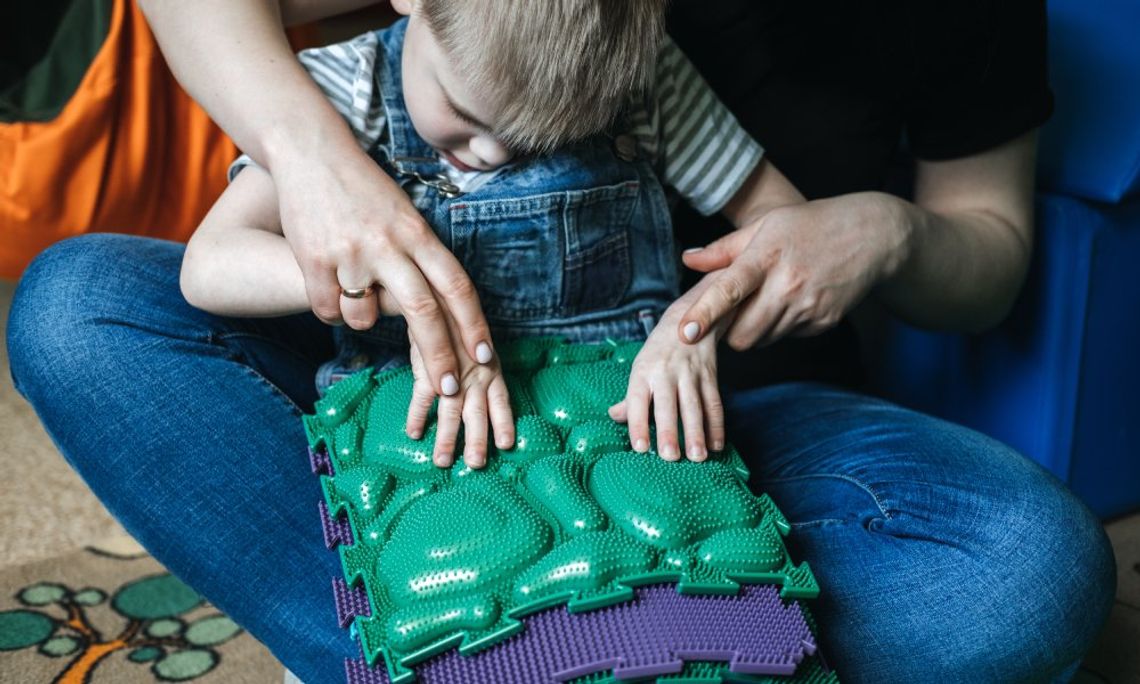Children with autism often experience the world differently through their senses. Everyday sounds, textures, or lighting that feel normal to others can overwhelm or understimulate them. Creating a sensory-friendly home environment becomes essential for reducing stress and supporting your child’s emotional regulation.
Understanding Your Child’s Sensory Profile
Every child with autism experiences the world differently, and much of that experience stems from how they process sensory information.
What Are Sensory Sensitivities?
Sensory sensitivities, which influence how children react to everyday input, fall into two main types: hypersensitivity and hyposensitivity. Hypersensitive children may feel overwhelmed by sights, sounds, or textures, while hyposensitive children often seek stronger sensory experiences.
Children with autism can show a mix of both needs across the eight sensory systems—sight, sound, touch, smell, taste, balance, body awareness, and internal signals. Understanding how sensory sensitivities impact children with autism helps caregivers better support their unique needs.
Observing Triggers and Comforts
Pay attention to when your child shows distress or seeks specific sensations. Consider keeping a simple sensory journal to track what triggers negative reactions and what brings comfort. This observation helps you identify which sensory modifications will benefit your child most. It’s important to note that a child’s sensory needs and preferences may evolve over time or vary depending on the situation they are in.
Creating Calm Spaces at Home
Choose a quiet area in your home where your child can retreat when feeling overwhelmed. This space should offer low stimulation and comfort items tailored to their needs. Bean bag chairs provide deep pressure, while blackout curtains reduce visual input. White noise machines can mask overwhelming sounds, and carefully chosen fidget toys offer appropriate sensory input.
Declutter common areas to reduce visual chaos. Replace harsh fluorescent lighting with softer, adjustable options.
Engaging the Senses in Positive Ways
Using sensory tools thoughtfully can help your child feel more comfortable and focused throughout the day.
Incorporate Sensory Tools Thoughtfully
Weighted blankets provide calming deep pressure for many children. Indoor swings offer vestibular input for those who seek movement. Textured play mats or sensory bins give controlled tactile experiences. Select tools based on your child’s specific sensory preferences rather than general recommendations.
Balance Stimulation and Regulation
A child who seeks movement might thrive with a mini-trampoline or balance board in their play area. Sound-sensitive children often benefit from noise-canceling headphones or a designated quiet corner. Match sensory tools to your child’s individual needs for maximum effectiveness.
Keep It Flexible and Personalized
Sensory needs change throughout the day and over time. What works during one phase might need adjustment later. Expect some trial and error as you discover what truly helps your child feel regulated and comfortable.
Allow your child to participate in choosing colors, textures, or comfort items for their spaces. This involvement encourages autonomy and helps them feel ownership of their environment.
Building Your Family’s Sensory Haven
Start by observing your child’s sensory preferences and challenges. From there, make gradual modifications that support their unique needs. Remember that creating a sensory-friendly home environment depends entirely on understanding and responding to your child’s individual sensory profile.


Comment
Comments